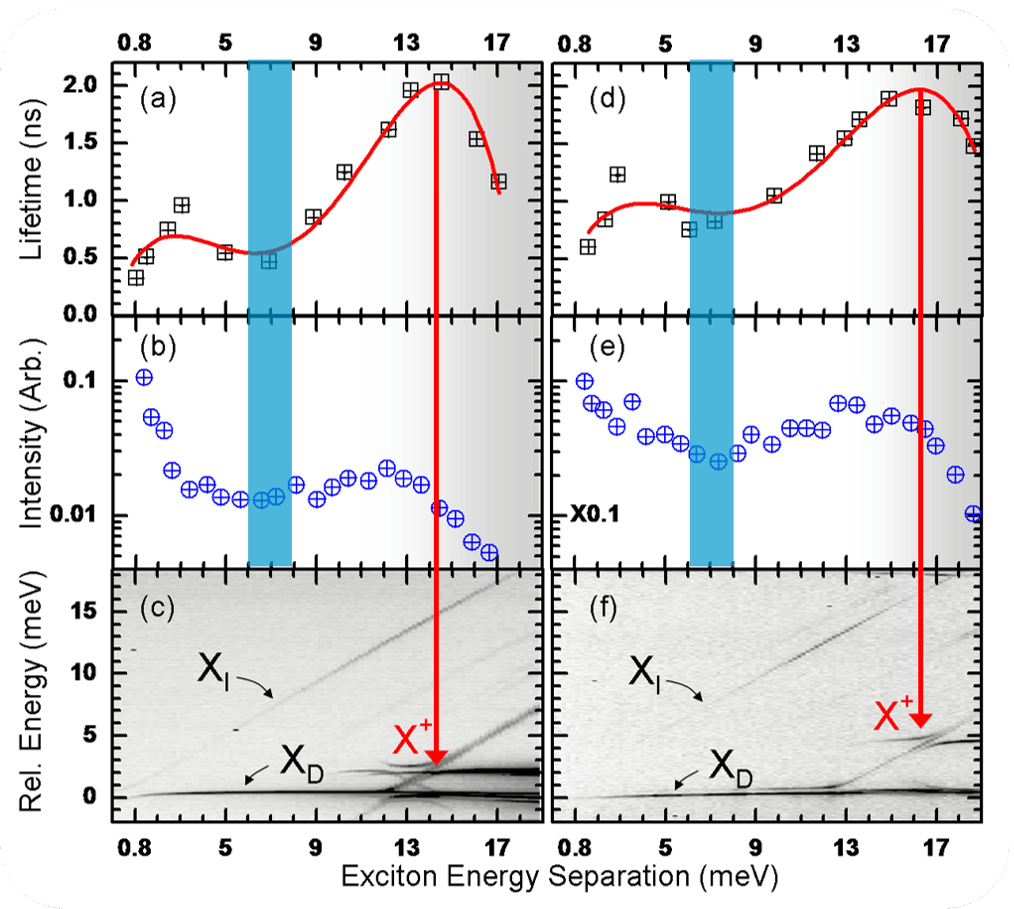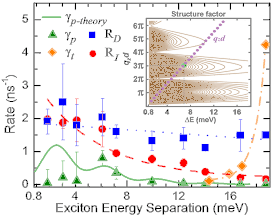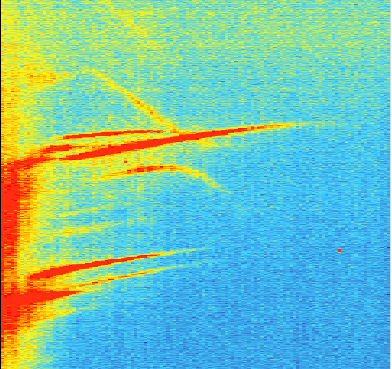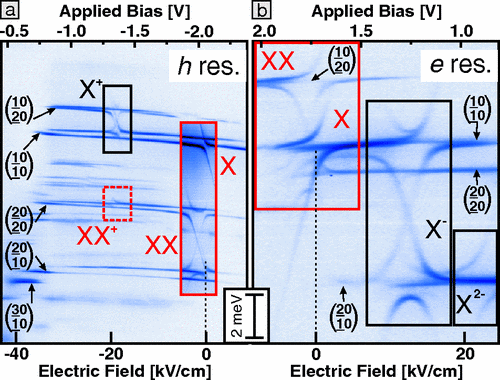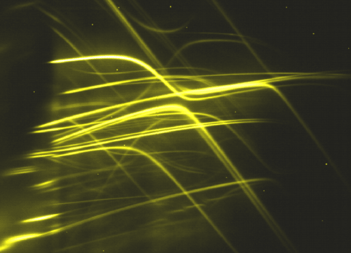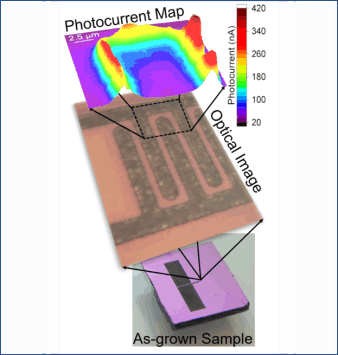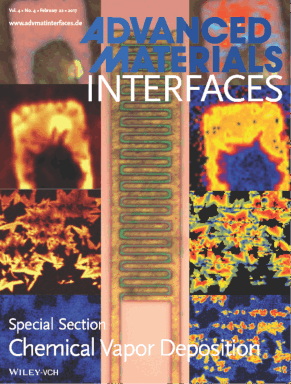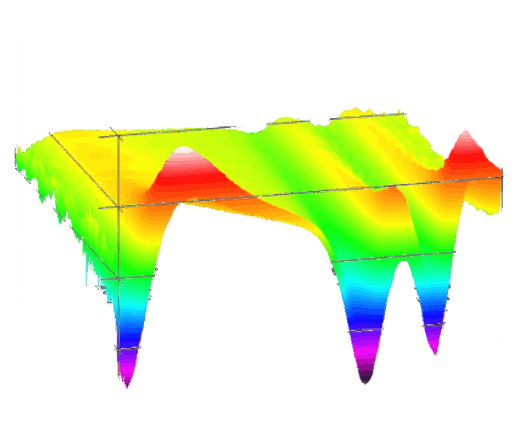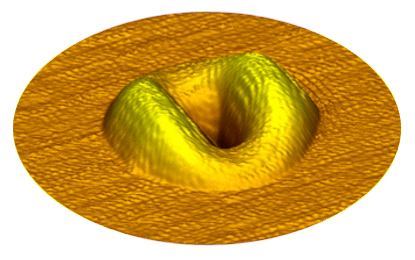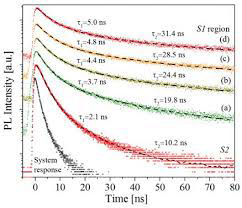
Photon Correlation Measurements
Quantum dots may serve as single photon emitters for quantum information technologies. It has also been demonstrated that entangled photon emission is possible. This goal of this research is to generate entangled photon-photon and photon-particle states through optical excitation in coupled quantum dots. The figure shows photon cross-correlation data where the positively charged biexciton followed by the positive trion (2X+/X+) cascade is observed. The 2X+ emission was used as the stop pulse. (Status: Active)
